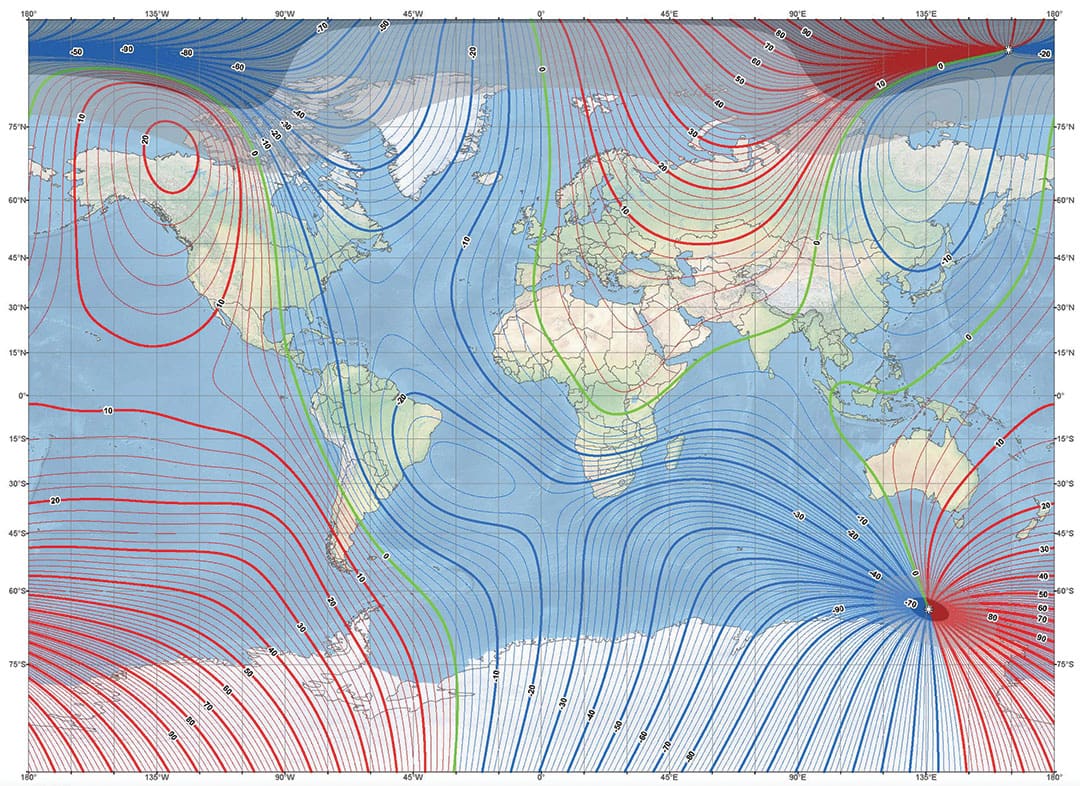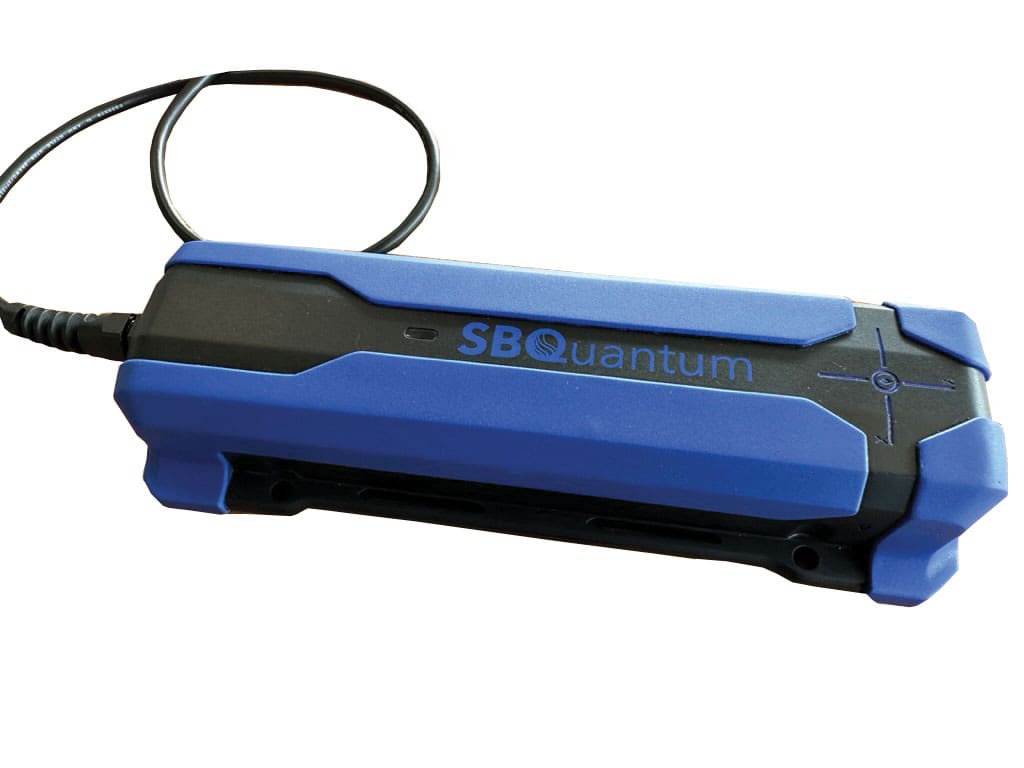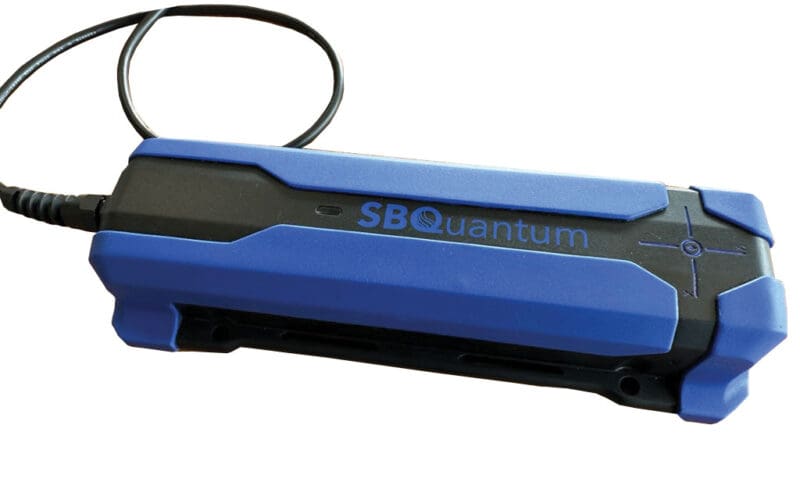
The Earth’s magnetic field is an unquiet beast. Not only does it refuse to line up with the globe’s geographic pole, it changes its relationship to it, as evidenced by the yearly movement of the magnetic pole, which now is sliding across the Arctic Ocean toward Siberia. While magnetic compass-based navigation is less important than in the past, there are many devices, from autopilot units to GPS antennas to smart phones to aircraft and satellites that have magnetic sensors for determining direction and attitude control. An effort by U.S. and British government called the MagQuest Challenge seeks to improve geomagnetic knowledge for navigation and a variety of other applications. And in the search for magnetic field accuracy, even quantum mechanics are being pressed into service.
To better understand what is happening with the geomagnetic field — which can change slightly, even by the minute, based on changes in the flow of liquid iron currents in the earth’s outer core and also by variations in the solar wind impacting the field from space — the US National Geospatial-Intelligence Agency and the British Defence Geographic Centre maintain a mathematical description of the field called the World Magnetic Model (WMM). The model is adjusted every five years to account for the changes in magnetic field orientation. The recent erratic movement of the north magnetic pole actually led to an unscheduled update of the WMM in 2019 as the changes in the field made the WMM less accurate, especially in far northern latitudes.
The MagQuest Challenge website puts the importance of the WMM this way: “The WMM is embedded in thousands of systems. More than a billion smartphone users depend on the WMM to point them in the right direction when they use mobile navigation apps. Drivers rely on the WMM to power the compasses in their cars.
“The WMM is also critical for military and commercial uses around the world. Among other applications, it supports navigation and attitude determination for submarines, satellites, and aircraft, while also informing operational logistics like the numbering of runways.”
To produce a better WMM the US government is looking at new ways for gathering data on the field via the MagQuest effort.
The challenge is a multi-year competition between companies that are vying for a better way to record geomagnetic data. This competition recently entered Phase 5 with three candidates remaining. Two of the remaining companies have combined their efforts and formed a team: Spire Global and SBQuantum. Their sensor will use a novel quantum sensing technique.

The goal of MagQuest is to gather a better data set of the field and then use that to build a better WMM. SBQuantum, a small Canadian company based in Sherbrooke, Quebec, has built a diamond-powered quantum magnetometer that will fly to space. According to SBQuantum this will be the first time that quantum sensors have been used this way.
The heart of the SBQuantum magnetometer is a type of synthetic diamond called a nitrogen vacancy (NV) diamond. As described on the SBQuantum website: “NV centres occur when the carbon lattice of a diamond is interrupted by a nitrogen atom and an adjacent void. This can occur naturally, but more often is specially engineered. The introduction of the nitrogen atom frees a single pair of electrons from the diamond’s chemical structure which allows SBQuantum to derive magnetic information from their spin.”
To garner the magnetic info, the diamond is bathed with light from a green laser and with a beam of microwaves. This results in the diamond emitting red light. It’s the properties of this red light that yield the magnetic data. SBQuantum’s CEO, David Roy-Guay, explained via email: “Applying the green laser and microwaves to the diamond yields a red glow. The red glow that comes from the diamond is linked to the energy levels of the quantum impurities in the diamond. Using physics, we translate this glow to a magnetic field value. We combine the readings of multiple impurities in the diamond to form the vector which gives us the orientation of the magnetic field.” So as the satellite flies above the earth, it will gather precise values for the geomagnetic field at many points in its orbit.
SBQuantum plans to fly its magnetometer into space atop a rocket in collaboration with Spire Global, a satellite services company, which will provide the satellites. The launch of the magnetometer is currently scheduled for 2025.
So while voyagers who don’t venture to the far north may not have much direct interaction with the new WMM, the model will form the underpinning for finding magnetic direction in many millions of electronic devices being used for navigation.

